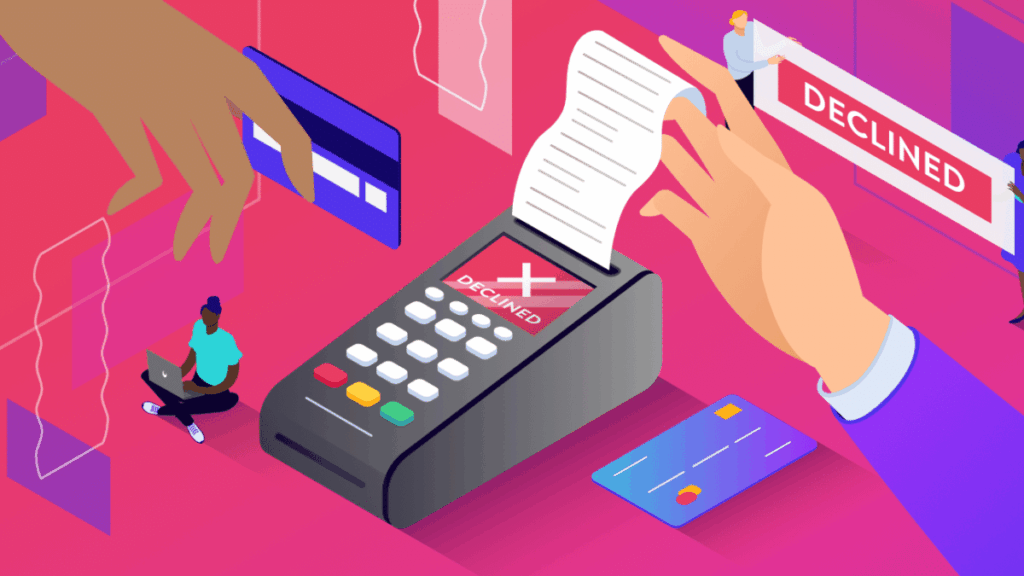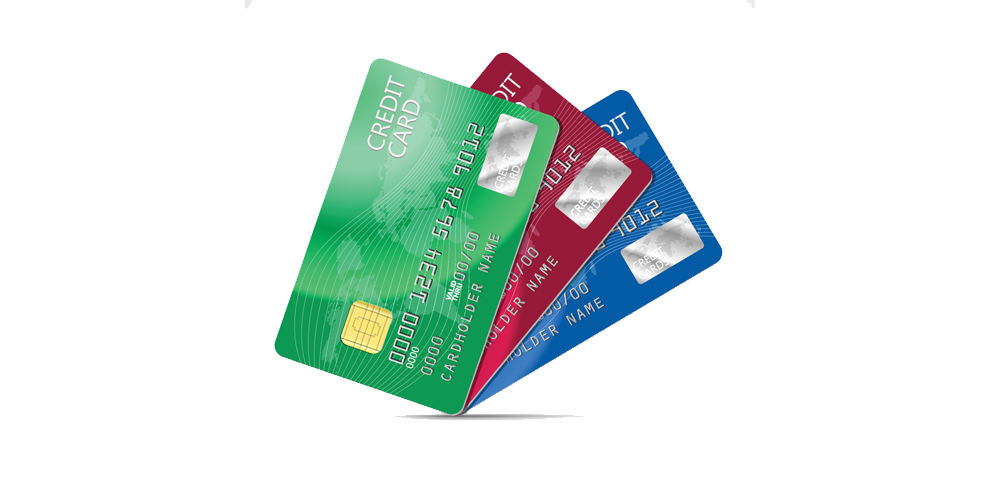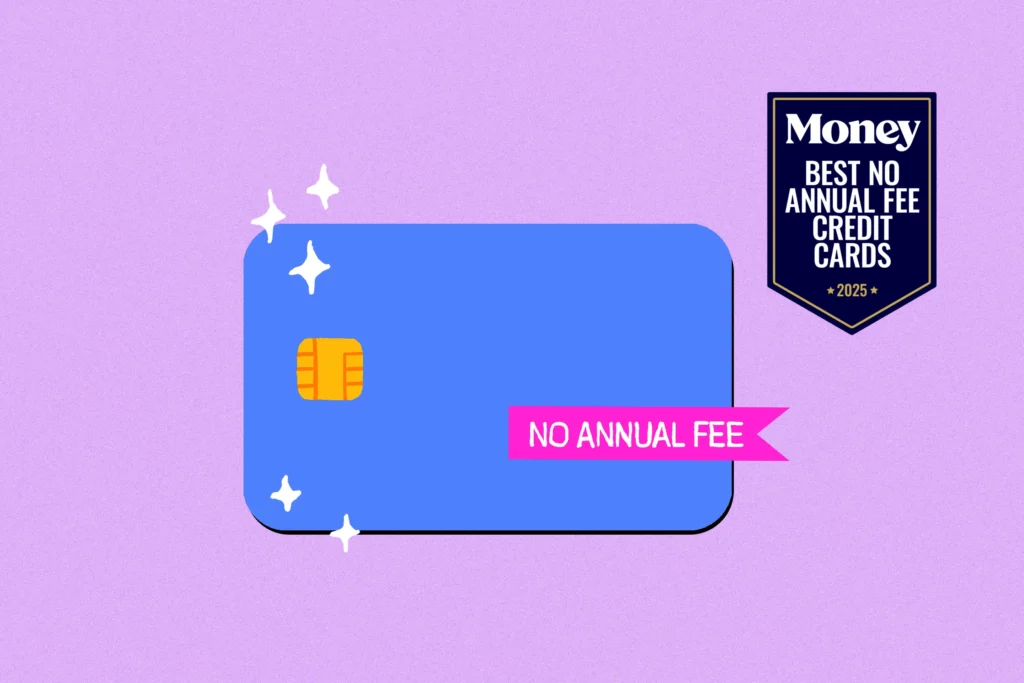Credit cards, when wielded wisely, are powerful financial instruments. They offer unparalleled convenience, robust fraud protection, valuable rewards, and the essential ability to build a strong credit history, which is crucial for securing loans, mortgages, and even some employment opportunities. However, their very power comes with a responsibility that, if neglected, can lead to a spiraling path of debt and financial stress. Many individuals, often unintentionally, fall into common credit card pitfalls that can severely damage their financial health.
Understanding these widespread mistakes and, more importantly, learning how to avoid them, is fundamental to transforming your credit card from a potential liability into a genuine asset. This article will delve into five of the most prevalent credit card errors and provide practical, actionable strategies to help you navigate your financial journey with confidence and control.
Why Avoiding Credit Card Mistakes Matters
Ignoring common credit card mistakes has significant repercussions beyond just a few extra dollars in interest. These errors can:
- Damage Your Credit Score: A poor credit score can make it difficult to get approved for loans, rent apartments, or even secure certain jobs. When you are approved, you’ll likely face higher interest rates, costing you more money over the long term.
- Lead to High-Interest Debt: Credit card interest rates (APRs) are notoriously high. Even a small carried balance can balloon into substantial debt over time, making it challenging to get ahead financially.
- Cause Financial Stress: Living with mounting credit card debt is a major source of stress and anxiety, impacting your overall well-being.
- Hinder Financial Goals: Debt can delay or derail your ability to save for retirement, a down payment on a home, or your children’s education.
Let’s explore the common missteps and how to avoid them.
Mistake 1: Carrying a Balance and Paying High Interest
The Mistake: This is arguably the most common and financially damaging mistake. Many people treat credit cards as an extension of their income rather than a short-term loan. When you don’t pay your full statement balance by the due date, the remaining amount accrues interest, often at a very high Annual Percentage Rate (APR). This interest compounds, meaning you pay interest on the interest, rapidly inflating your debt. Any rewards earned quickly become insignificant compared to the cost of interest.
How to Avoid It:
- Always Pay in Full: The golden rule of credit card use. Treat your credit card like a debit card – only spend what you can afford to pay back before the due date. This way, you never pay a cent in interest.
- Automate Your Payments: Set up automatic payments for your full statement balance from your checking account. This ensures you never miss a payment and avoid interest charges.
- Create a Realistic Budget: Understand your income and expenses. A budget helps you identify where your money is going and prevents you from overspending on your credit card.
- Build an Emergency Fund: Aim to save at least 3-6 months’ worth of living expenses. This prevents you from having to rely on credit cards for unexpected costs like medical emergencies or car repairs.
- Consider a 0% APR Card (Strategically): If you must make a large purchase that you can’t immediately pay off, a card with a 0% introductory APR can be helpful. However, have a clear plan to pay off the balance before the promotional period ends to avoid high deferred interest.
Mistake 2: Making Only the Minimum Payment
The Mistake: Your credit card statement shows a “minimum payment due.” While paying this amount will keep your account in good standing and avoid late fees, it’s a deceptive comfort. Minimum payments are often calculated to be a very small percentage of your total balance, sometimes as low as 1-2% plus interest. This means you’re barely touching the principal, extending your repayment period for years, and paying a disproportionately large amount in interest over time.
How to Avoid It:
- Always Pay More Than the Minimum: Even paying a small amount over the minimum can significantly reduce the interest you pay and the time it takes to clear your debt.
- Prioritize High-APR Cards (Debt Avalanche): If you have balances on multiple cards, focus on paying off the card with the highest interest rate first while making minimum payments on others. Once that card is clear, move to the next highest APR. This method saves you the most money on interest.
- Consider the Debt Snowball Method: Alternatively, if you need a motivational boost, pay off the card with the smallest balance first. Once that’s paid off, apply that payment amount to the next smallest balance. The rapid succession of paid-off debts can provide momentum.
- Cut Discretionary Spending: Look for areas in your budget where you can temporarily reduce spending (e.g., dining out less, fewer subscriptions) to free up more cash to put towards your credit card debt.
Mistake 3: Maxing Out Your Credit Limit (High Credit Utilization)
The Mistake: This refers to using a high percentage of your available credit. For example, if you have a credit card with a $1,000 limit and a $900 balance, your credit utilization is 90%. A high credit utilization ratio is a major red flag to lenders and significantly harms your credit score. It suggests you are overly reliant on credit and may be a higher risk.
How to Avoid It:
- Keep Utilization Below 30%: Financial experts generally recommend keeping your credit utilization below 30% of your available credit. For optimal credit health, aiming for below 10% is even better.
- Make Multiple Payments a Month: Instead of waiting for your statement to close, make smaller payments throughout the month, especially before your statement closing date. This ensures that the reported balance to credit bureaus is lower.
- Request a Credit Limit Increase (Carefully): If you have excellent credit and are responsible with spending, requesting a credit limit increase can lower your utilization ratio without you spending more. However, only do this if you are confident you won’t be tempted to spend up to the new limit.
- Don’t Close Old Accounts: Even if you don’t use an old credit card, keeping it open contributes to your total available credit, which can help keep your utilization ratio low (assuming you don’t carry high balances on other cards).
Mistake 4: Applying for Too Many Cards Too Quickly
The Mistake: In pursuit of sign-up bonuses or simply more credit, some people apply for multiple credit cards in a short period. This can be detrimental to your credit score for several reasons:
- Multiple Hard Inquiries: Each credit card application typically results in a “hard inquiry” on your credit report, which can temporarily lower your score. Several inquiries in a short time make you look like a riskier borrower.
- Lower Average Age of Accounts: Opening several new accounts within a short period decreases the average age of your credit accounts, another factor that negatively impacts your credit score.
- Lender Perception: Lenders may view numerous recent applications as a sign of financial distress or desperation for credit.
How to Avoid It:
- Be Strategic with Applications: Apply for a new credit card only when you genuinely need one and when your credit score is strong. Focus on cards that align with your financial goals (e.g., specific rewards, balance transfer).
- Space Out Applications: Give your credit score time to recover from a hard inquiry. A general rule of thumb is to wait at least six months between credit card applications.
- Utilize Pre-qualification Tools: Many issuers offer tools that allow you to check if you’re likely to be approved without a hard inquiry. This helps you gauge your eligibility before a formal application.
- Prioritize Quality Over Quantity: A few well-managed credit cards with diverse benefits are far more beneficial for your credit health than a wallet full of cards you can’t keep track of.
Mistake 5: Ignoring Your Statements and Terms & Conditions
The Mistake: Many cardholders simply pay the minimum due and file away their statement without a second glance. This seemingly innocuous habit can lead to missed fraudulent charges, undetected errors, missed opportunities for rewards, and a lack of awareness regarding changes in your card’s terms.
How to Avoid It:
- Review Your Statements Monthly: Carefully scrutinize every transaction listed on your statement. Look for any unauthorized charges, billing errors, or unfamiliar merchants. Report discrepancies immediately.
- Read the Fine Print: Understand the terms and conditions of your card. Know your APR, any fees (annual, late payment, foreign transaction), your grace period (the interest-free period between purchase and due date), and the specifics of your rewards program.
- Set Up Alerts: Many card issuers offer email or text alerts for various activities: upcoming due dates, payment confirmations, large transactions, or when you’re nearing your credit limit. Use these to stay informed.
- Understand Your Rewards Program: Don’t leave money on the table. Understand how to earn and redeem your rewards effectively. Are there bonus categories you need to activate? Do points expire? Maximize your benefits.
Conclusion
Credit cards are not inherently good or bad; they are merely tools. Like any powerful tool, their impact on your life depends entirely on how you use them. By diligently avoiding these five common mistakes – always paying in full, paying more than the minimum, keeping utilization low, applying strategically, and staying informed – you can transform your credit cards into instruments that build wealth, provide protection, and pave the way for greater financial freedom. Responsible credit card management is a cornerstone of a healthy financial life, empowering you to achieve your long-term goals with confidence and control.




